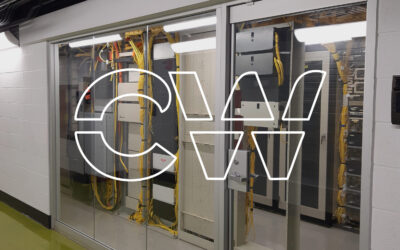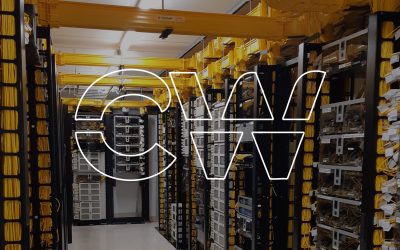In the ever-evolving landscape of digital connectivity, the terms “virtual cross connect” (VXC) and “physical cross connect” (PXC) have become increasingly prevalent. Both play crucial roles in networking, facilitating the seamless flow of data between various entities. However, the fundamental differences between virtual and physical cross connects lie in their nature, implementation, and the way they handle data transmission.
Definition and Functionality
A physical cross connect involves the direct, dedicated connection of physical cables or fibers between two network devices, typically within a data center or a communication hub. These connections create a direct link, allowing data to travel between devices with minimal latency and maximum reliability.
On the other hand, a virtual cross connect operates in the digital realm, utilizing software-defined networking (SDN) technologies. Instead of physical cables, VXCs leverage virtual connections established through software, enabling flexible and dynamic data routing without the constraints of physical infrastructure.

Image courtesy of https://theconversation.com/
Flexibility and Scalability of Virtual Cross Connects
One of the key advantages of virtual cross connects is their inherent flexibility and scalability. With VXCs, network administrators can easily adjust bandwidth, reroute traffic, and create new connections through software configurations. This level of adaptability is particularly beneficial in cloud environments, where virtualized resources demand rapid adjustments to accommodate changing workloads.
Physical cross connects, while robust and reliable, lack the agility of their virtual counterparts. Adding or modifying physical connections often requires manual intervention, potentially leading to longer deployment times and increased operational costs.
Resource Optimization
Virtual cross connects contribute to resource optimization by enabling efficient utilization of available bandwidth. Through SDN, administrators can allocate bandwidth dynamically based on real-time requirements, avoiding over-provisioning and ensuring optimal resource utilization. This adaptability is essential in today’s dynamic and fast-paced networking environments.
Physical cross connects, while providing stable and dedicated connections, may lead to resource underutilization if the provisioned bandwidth exceeds the actual demand. This can result in increased costs and decreased efficiency over time.
Cost Considerations for Cross Connects
VXCs often offer cost advantages due to their ability to share and optimize resources dynamically. The flexibility provided by SDN allows for better control over expenditures, as bandwidth can be adjusted according to specific needs, preventing unnecessary expenses associated with over-provisioning.
Physical cross connects, while providing a reliable and dedicated connection, may involve higher initial costs and can become economically challenging when modifications or upgrades are required.
In the ever-evolving landscape of networking, both virtual cross connects and physical cross connects play pivotal roles in ensuring efficient data transmission. The choice between the two depends on the specific requirements of the network, with physical connections offering reliability and stability and virtual connections providing flexibility, scalability, and cost efficiency. As technology continues to advance, the integration of both virtual and physical cross connects will likely become a common strategy, allowing organizations to strike the right balance between performance and adaptability in their network architectures.



